-
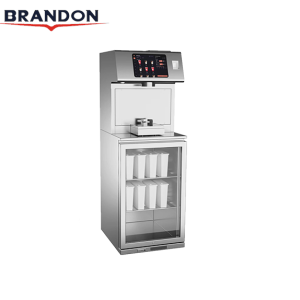
Boba Tea Dispenser (6)
-
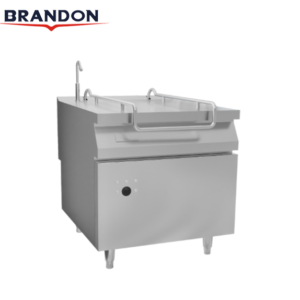
Bratt Pan (1)
-
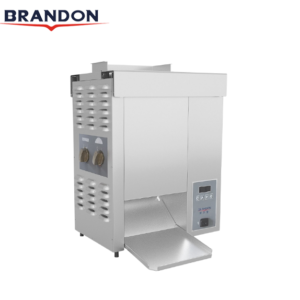
Bun Toaster (2)
-
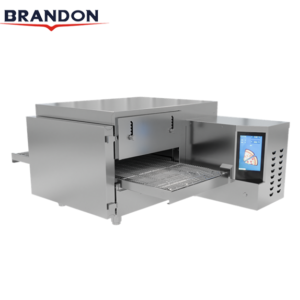
Conveyor Toaster (1)
-
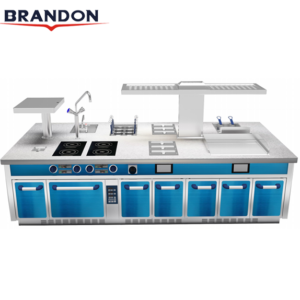
Cooking Block (1)
-
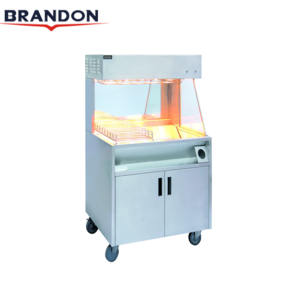
Dump Station (5)
-
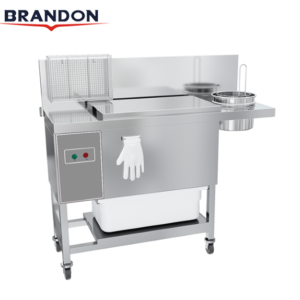
Electric Breading Table (2)
-
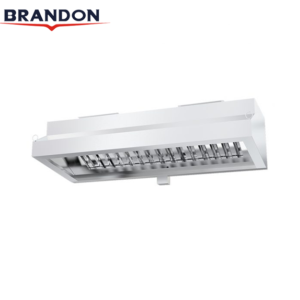
Exhaust Hood (1)
-
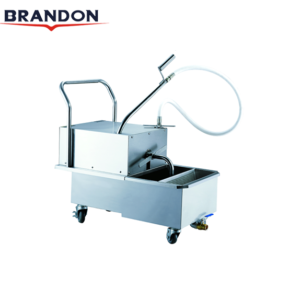
Filter Cart (1)
-
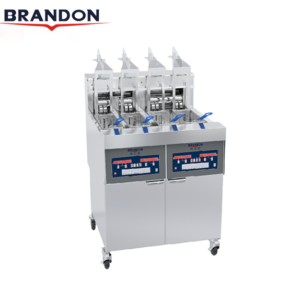
Fryer (8)
-
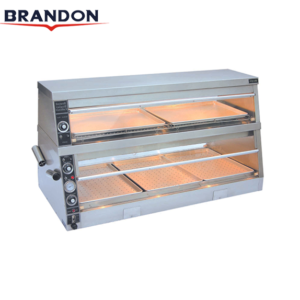
Heated Display Cabinet (1)
-
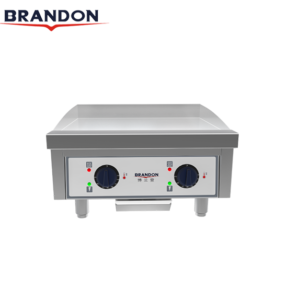
Heavy Duty Griddle (1)
-

Kettle (1)
-
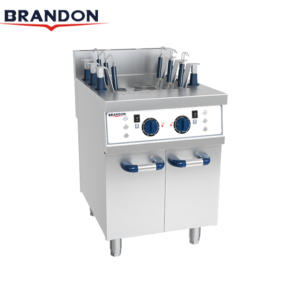
Modular Electric Range (9)
-
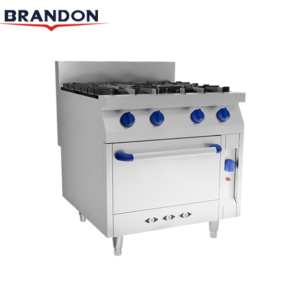
Modular Gas Range (13)
-
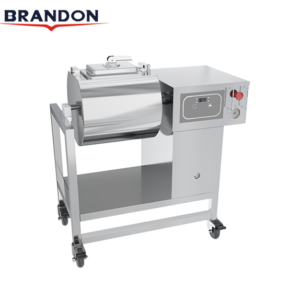
Marinator (3)
-

Noodle Boiler (1)
-
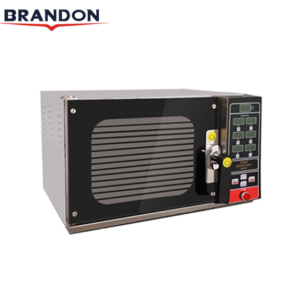
Oven (1)
-
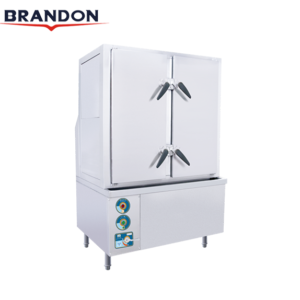
Steam Cabinet (4)
-
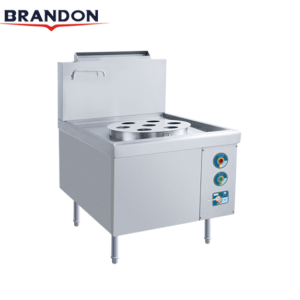
Steamer (2)
-
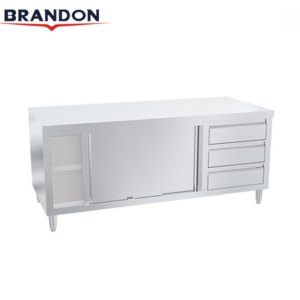
Stainless Steel Product (71)
-
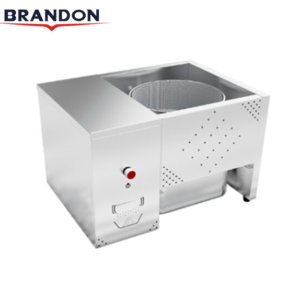
Screening Machine (1)
-
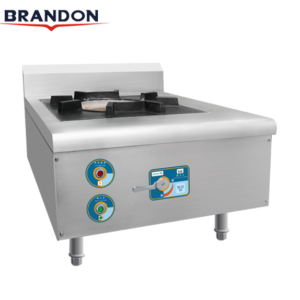
Stock Pot (1)
-
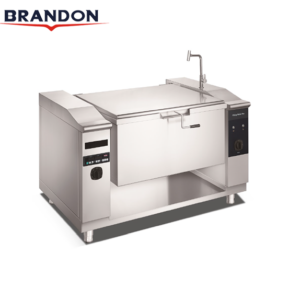
Tilting Bratt Pan (1)
-
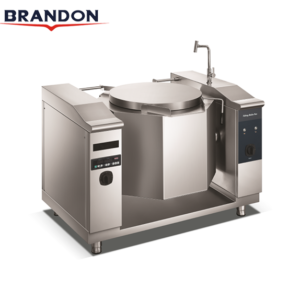
Tilting Kettle (1)
-
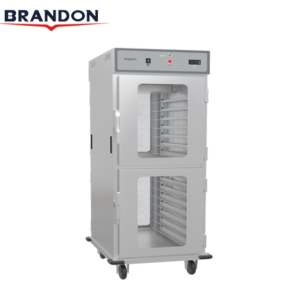
Upright Holding Cabinet (6)
-
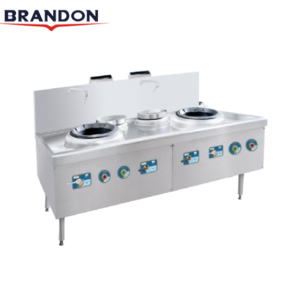
Wok (2)
-
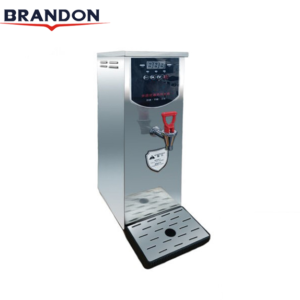
Water Boiler (3)
From the blog
Our latest posts
-
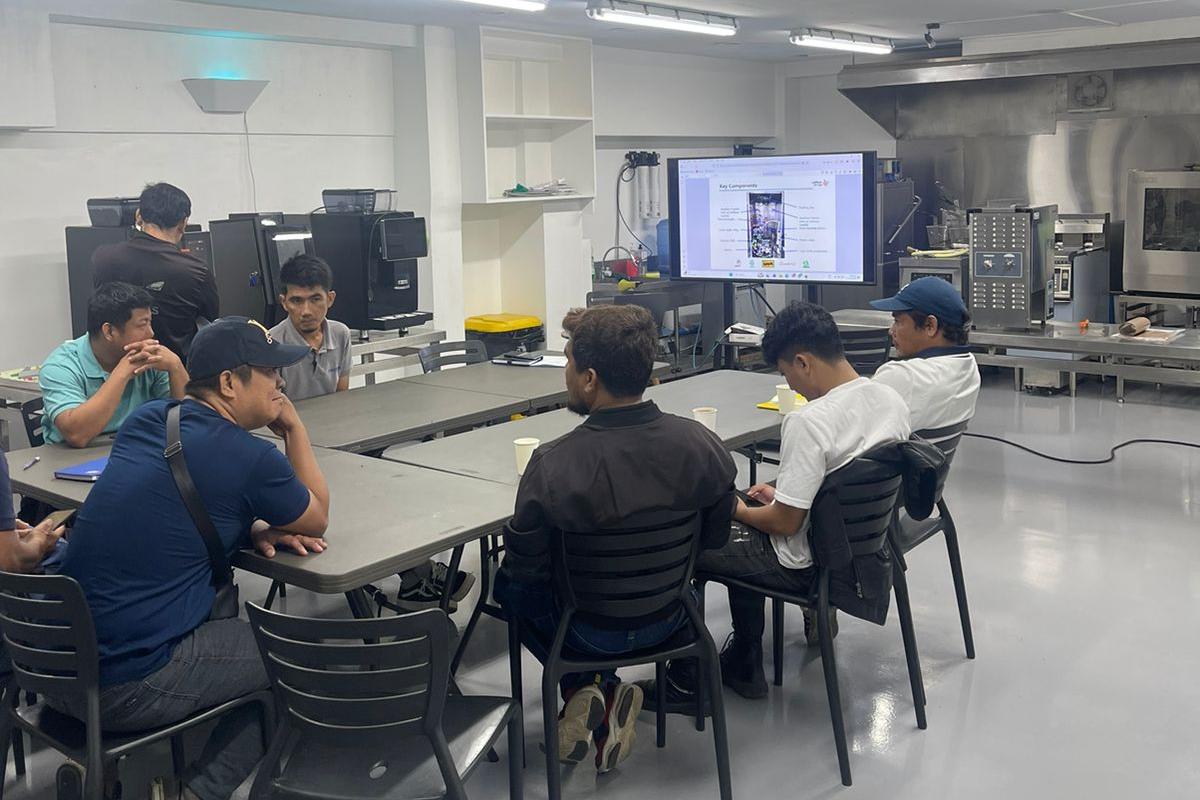
Vertical Bun Toaster Distributor Training: Giving Your Sales, Installation and Service Teams Real Confidence
For many distributors in the Western fast-food equipment business, fryers, griddles and holding cabinets are already “old friends”. But the Vertical Bun Toaster is still a relatively new category: At Brandon, we want our distributors, when talking to end customers, to do more than “have a product to sell.”We want you to be able to
-

Vertical Bun Toasters for Burger Kitchens: Consistent Buns with Cooler, Safer Surfaces
When people talk about burgers, they usually talk about patties, sauces and toppings.But anyone who runs a kitchen knows a simple truth: If the bun isn’t right, the burger will never feel truly “professional”. These details are very hard to hit consistently with a pan or a random hot plate.That’s why serious burger operations rely
-

From Hand-Shaken to One-Touch Dispensing — Boba Tea Dispenser, the New Standard Configuration for Tea Shops
At Brandon, we design and manufacture Boba Tea Dispensers for bubble tea shops, hotpot restaurants and QSR chains. In this article, we’ll walk through how Boba Tea Dispensers can help standardize drinks and simplify front-of-house operations. The Hidden Costs Behind a Cup of Bubble Tea During peak hours, do you often see these scenes in
